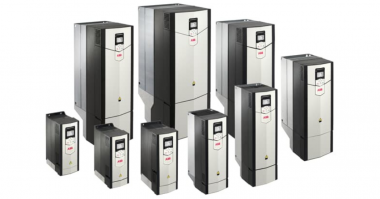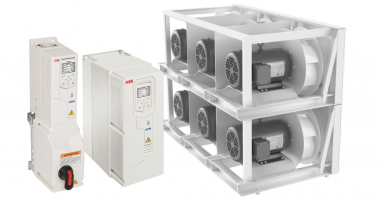Maybe you have walked past without even noticing them? Maybe you know exactly how many you have? Either way, electric motors play a very important role in our everyday businesses and lives. They move and run basically everything we need for business or pleasure. All these motors run on electricity. In order to do their work at providing torque and speed they need the corresponding amount of electrical energy. All motors consume electricity to provide the torque or speed needed.
If that torque or speed was too high or low, mechanical controls were used to slow down, shift or control output. The result is inefficiency with a lot of wasted materials and energy. A motor speed should match exactly what is required by the process. Without a better way to control the speed, a lot of energy gets wasted and that’s not good for anyone’s business. But there is a way to control these motors that helps you not only to save energy, but also reduce scrap and maintenance costs. It’s technology we call an AC Drive.
So what is an AC drive? Our AC drives are sometimes called variable speed drives (VSD) or variable frequency drives (VFD). But how do AC drives work?
Our drives sit between the electrical supply and the motor. Power from the electrical supply goes into the drive and the drive then regulates the power that is fed to the motor. Inside the drive, the input power is run through a rectifier that converts the incoming AC power to DC to power. The DC power is fed in to capacitors inside the drive. This is done to smooth out the electrical wave form which provides a clean power supply for the next step. Power then flows from the capacitors to an inverter that changes the DC power to the output AC power that goes to the motor. This step allows the drive to adjust the frequency and voltage that is supplied to the motor based on your current process demands. This means you run your AC motor at the speed or with the torque according to the demand needed. And this is why you can save large of amounts of money using our AC drives. Besides saving you energy our drives also help you reduce maintenance costs, reduce scrap and even ambient noise emissions. They are also a great way to help meet your environmental goals. And that’s why we developed a wide range of drives that work with your application no matter how small or large. We understand that when you are making decisions about using drives in your business, everything counts.




Comments